Home>Furniture & Design>Outdoor Furniture>How Big Should Outdoor Lights Be


Outdoor Furniture
How Big Should Outdoor Lights Be
Modified: March 2, 2024
Find the perfect outdoor lighting size for your space with our expert guide. Explore outdoor furniture, furniture, and design tips for a beautifully lit outdoor area.
(Many of the links in this article redirect to a specific reviewed product. Your purchase of these products through affiliate links helps to generate commission for Storables.com, at no extra cost. Learn more)
Introduction
When it comes to outdoor design, lighting plays a pivotal role in creating ambiance, enhancing safety, and extending the usability of outdoor spaces after dark. The size of outdoor lights is a crucial aspect to consider, as it can significantly impact both the practical and aesthetic aspects of your outdoor lighting design. In this article, we will delve into the factors to consider when determining the ideal size for outdoor lights, offering insights to help you make informed decisions that align with your design preferences and functional needs. From size and scale to practical and aesthetic considerations, we will explore the nuances of outdoor lighting to guide you in achieving a harmonious and effective outdoor lighting scheme.
Key Takeaways:
- Choose outdoor light size based on function, proportion, and style. Consider lighting coverage and visual impact to create a harmonious and practical outdoor lighting design.
- Balance practicality and aesthetics when selecting outdoor light size. Consider installation, energy efficiency, and design harmony for a captivating outdoor ambiance.
Read more: How Big Should An Outdoor Dog Kennel Be?
Factors to Consider
When contemplating the size of outdoor lights, several crucial factors come into play. Understanding these considerations is essential for making informed decisions and achieving a well-balanced outdoor lighting design. Let’s explore the key factors that should influence your choice of outdoor light size:
- Functionality: The intended function of the outdoor lights is a fundamental consideration. Are they primarily for safety and security, or are they intended to create an inviting ambiance for outdoor gatherings? The size of the lights should align with their intended purpose, ensuring that they effectively fulfill their functional role while complementing the overall design scheme.
- Proportion and Scale: The size of outdoor lights should harmonize with the scale of the outdoor space and other design elements. Consider the proportions of architectural features, landscaping, and the overall dimensions of the outdoor area when determining the appropriate size of the lights. Striking a balance between the size of the lights and the surrounding elements is key to achieving visual harmony.
- Lighting Coverage: The area that needs to be illuminated influences the size and spread of outdoor lights. Whether you aim to illuminate a small patio, a sprawling garden, or a pathway, the size of the lights should be chosen to provide adequate coverage without overwhelming or underwhelming the space.
- Style and Design: The style and design of the outdoor lights, as well as their compatibility with the overall outdoor decor, play a significant role in determining the appropriate size. Modern, minimalist fixtures may require a different scale than ornate, traditional lantern-style lights. Consider the existing design elements and the desired aesthetic to ensure that the size of the lights complements the overall outdoor design.
Considering these factors will guide you in selecting the optimal size for your outdoor lights, ensuring that they not only serve their practical purpose but also contribute to the visual appeal and coherence of your outdoor space.
Size and Scale
When determining the size of outdoor lights, it’s essential to consider the scale of the outdoor space and the visual impact you aim to achieve. The relationship between the size of the lights and the surrounding environment plays a crucial role in creating a harmonious and visually appealing outdoor lighting scheme.
Here are key considerations for evaluating the size and scale of outdoor lights:
- Proportional Harmony: The size of the lights should be in proportion to the architectural features, landscaping elements, and the overall dimensions of the outdoor space. For example, if you have a grand entrance or expansive outdoor area, larger lights may be more suitable to maintain proportional harmony. Conversely, smaller lights may be ideal for more intimate or compact outdoor settings.
- Visual Impact: The size of the lights can significantly influence the visual impact they make within the outdoor environment. Larger lights can create a bold statement and draw attention, while smaller lights may offer a subtler, understated effect. Consider the desired visual impact and the focal points within the outdoor space when selecting the size of the lights.
- Pathway and Area Lighting: For pathway lighting or illuminating specific outdoor areas, the size and spacing of the lights are crucial. The lights should be proportionate to the pathways or designated areas, providing adequate illumination without overpowering the surrounding space.
- Layering and Depth: Incorporating lights of varying sizes can contribute to a layered and dynamic lighting design. By strategically combining different-sized lights, you can create depth and visual interest within the outdoor space, enhancing its overall appeal during the evening hours.
By carefully assessing the size and scale of outdoor lights in relation to the outdoor environment, you can achieve a cohesive and visually captivating lighting design that complements the unique characteristics of your outdoor space.
When choosing outdoor lights, consider the size of the area you want to illuminate. Larger spaces may require bigger lights, while smaller areas can be adequately lit with smaller fixtures.
Practical Considerations
While the aesthetic appeal of outdoor lights is undoubtedly important, practical considerations also play a significant role in determining the appropriate size for your outdoor lighting fixtures. From installation and maintenance to the specific lighting requirements of different outdoor areas, several practical factors should inform your decision regarding the size of outdoor lights.
Here are essential practical considerations to keep in mind:
- Installation and Accessibility: The size of outdoor lights can impact the ease of installation and maintenance. Consider the accessibility of the chosen installation locations and ensure that the size of the lights allows for convenient installation and potential future maintenance, such as bulb replacement or cleaning.
- Lighting Technology: Different lighting technologies, such as LED, halogen, and solar-powered options, can influence the size and design of outdoor lights. LED lights, for instance, offer flexibility in size and shape, allowing for sleek and compact designs that can be tailored to specific lighting needs.
- Weather Resistance: Outdoor lights are exposed to various weather conditions, so the size and materials of the fixtures should be chosen with weather resistance in mind. Larger lights may offer more space for robust weatherproofing components, ensuring durability and longevity in outdoor environments.
- Energy Efficiency: Consider the energy efficiency of the outdoor lights when determining their size. Smaller lights with advanced lighting technologies can often deliver exceptional energy efficiency while providing the necessary illumination, contributing to sustainable outdoor lighting solutions.
- Lighting Control: If you plan to incorporate features such as dimming or motion sensors into your outdoor lighting system, the size and design of the lights should accommodate these functionalities. Larger lights may offer more space for integrated control systems, enhancing the versatility and convenience of your outdoor lighting setup.
By considering these practical aspects alongside the aesthetic and functional considerations, you can select the optimal size for your outdoor lights, ensuring a seamless blend of practicality and visual appeal in your outdoor lighting design.
Aesthetic Considerations
Outdoor lighting serves as an integral element of the overall aesthetic appeal of your outdoor space, contributing to its ambiance and visual allure. When contemplating the size of outdoor lights, it’s essential to consider how their design and scale harmonize with the aesthetic qualities of your outdoor environment. By aligning the size of the lights with your desired aesthetic impact, you can elevate the visual appeal of your outdoor space after sunset.
Here are key aesthetic considerations to guide your decision-making process:
- Architectural Enhancement: The size of outdoor lights can accentuate the architectural features of your home or outdoor structures. Larger lights may make a bold statement and complement grand architectural elements, while smaller, understated lights can provide a delicate enhancement to more intricate details.
- Visual Cohesion: Consider the visual cohesion between the outdoor lights and other design elements, such as furniture, landscaping, and decorative accents. The size of the lights should integrate seamlessly with the existing aesthetic elements, contributing to a cohesive and unified outdoor design scheme.
- Mood and Atmosphere: Outdoor lighting significantly influences the mood and atmosphere of your outdoor space. The size of the lights can impact the intensity and distribution of light, shaping the ambiance and creating different visual effects. Consider how the size of the lights aligns with the desired mood and atmosphere you intend to create.
- Focal Points and Landscaping: Larger lights can serve as focal points within the outdoor landscape, drawing attention to specific features or areas, while smaller lights may offer a more nuanced approach to highlighting landscaping elements. Consider the visual hierarchy and focal points within the outdoor space when selecting the size of the lights.
- Design Harmony: The size of outdoor lights should align with the overall design style of your outdoor space. Whether your design scheme is contemporary, traditional, or eclectic, the size of the lights should complement and enhance the chosen aesthetic, contributing to a cohesive and visually captivating outdoor environment.
By carefully considering these aesthetic factors, you can select the ideal size of outdoor lights to enrich the visual appeal of your outdoor space, creating an inviting and enchanting ambiance during evening hours.
Read more: How Big Should My Bedroom Light Fixture Be?
Conclusion
Choosing the right size for outdoor lights is a multifaceted decision that involves balancing practical functionality with aesthetic appeal. By considering factors such as proportional harmony, lighting coverage, practical considerations, and aesthetic cohesion, you can make informed choices that elevate the visual allure and functionality of your outdoor lighting design.
Ultimately, the size of outdoor lights should align with the unique characteristics of your outdoor space, enhancing its ambiance, safety, and visual appeal. Whether you opt for larger lights to make a bold statement or smaller, understated fixtures to create a subtle charm, the size of the lights should seamlessly integrate with the overall design scheme, contributing to a cohesive and captivating outdoor environment.
As you embark on the journey of selecting outdoor lights, remember to assess the practical requirements, consider the visual impact, and ensure that the chosen size harmonizes with the aesthetic qualities of your outdoor space. By doing so, you can create an enchanting and functional outdoor lighting scheme that enriches your outdoor living experience and leaves a lasting impression on both residents and visitors alike.
Frequently Asked Questions about How Big Should Outdoor Lights Be
Was this page helpful?
At Storables.com, we guarantee accurate and reliable information. Our content, validated by Expert Board Contributors, is crafted following stringent Editorial Policies. We're committed to providing you with well-researched, expert-backed insights for all your informational needs.
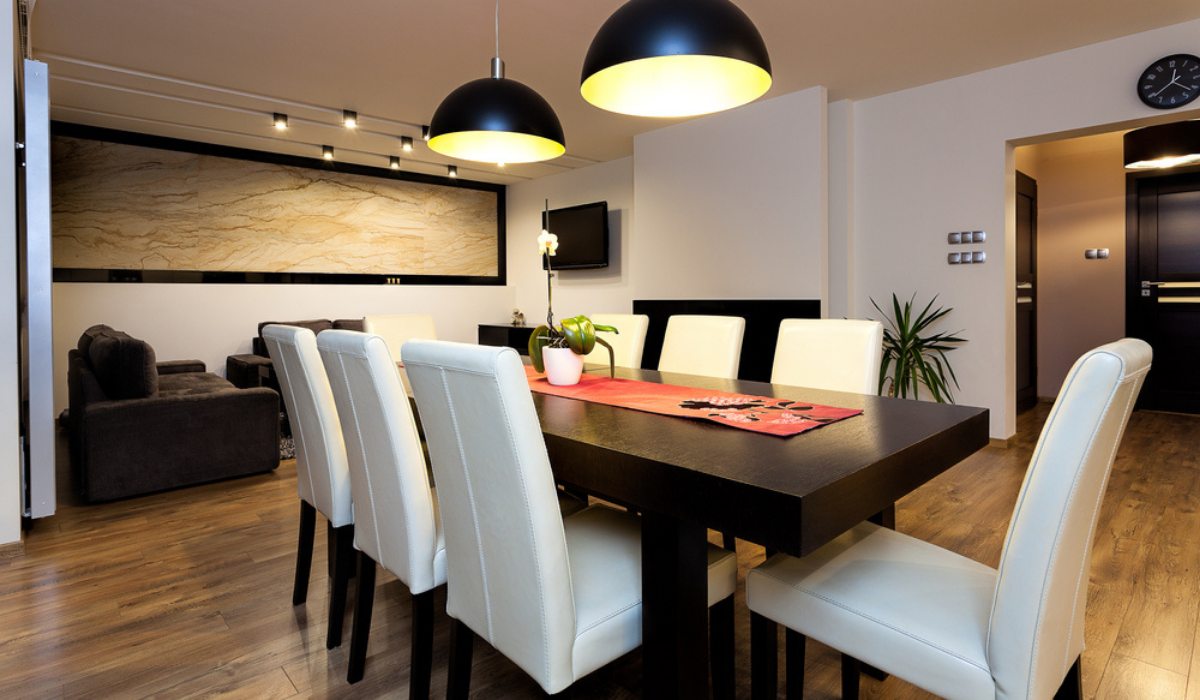
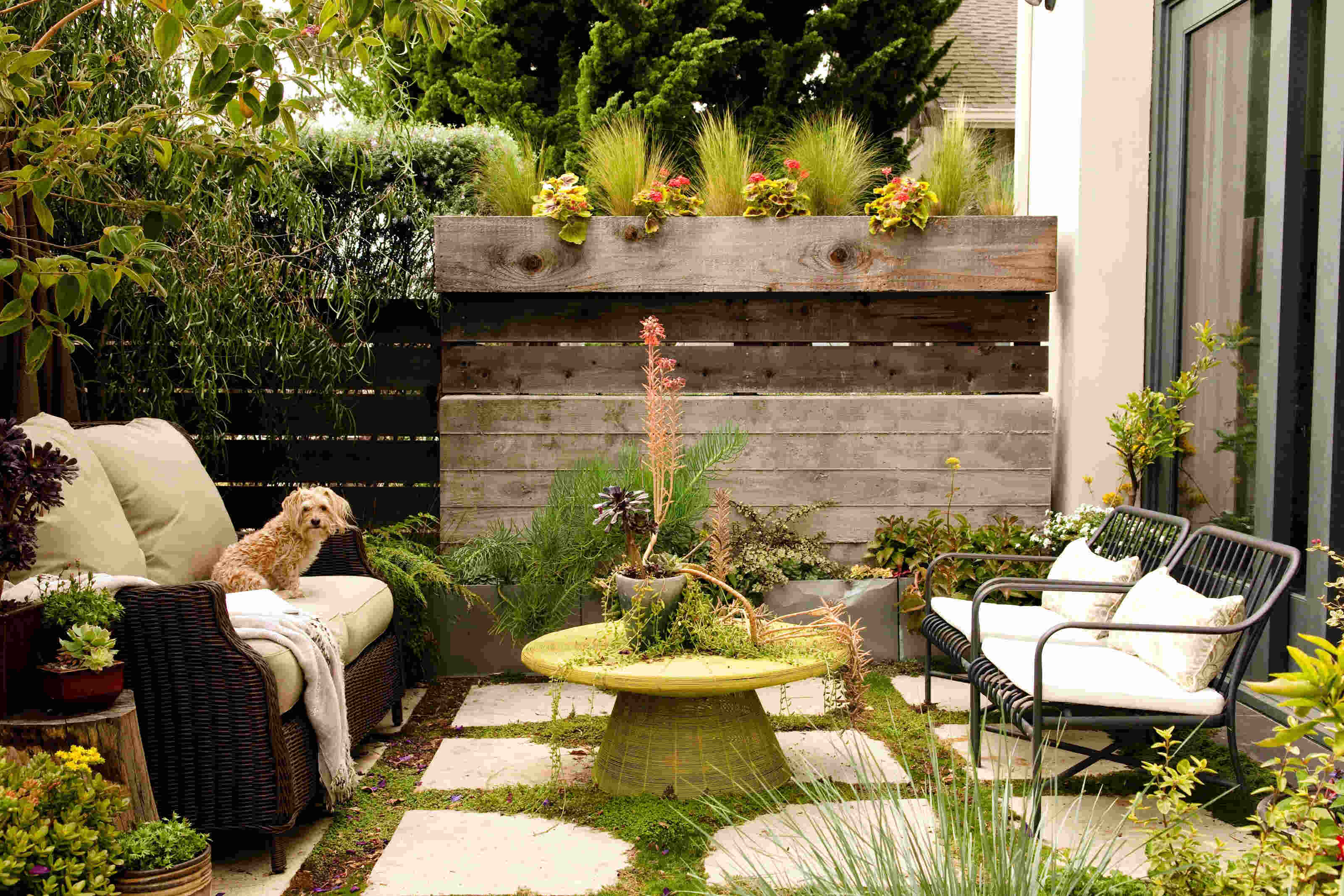
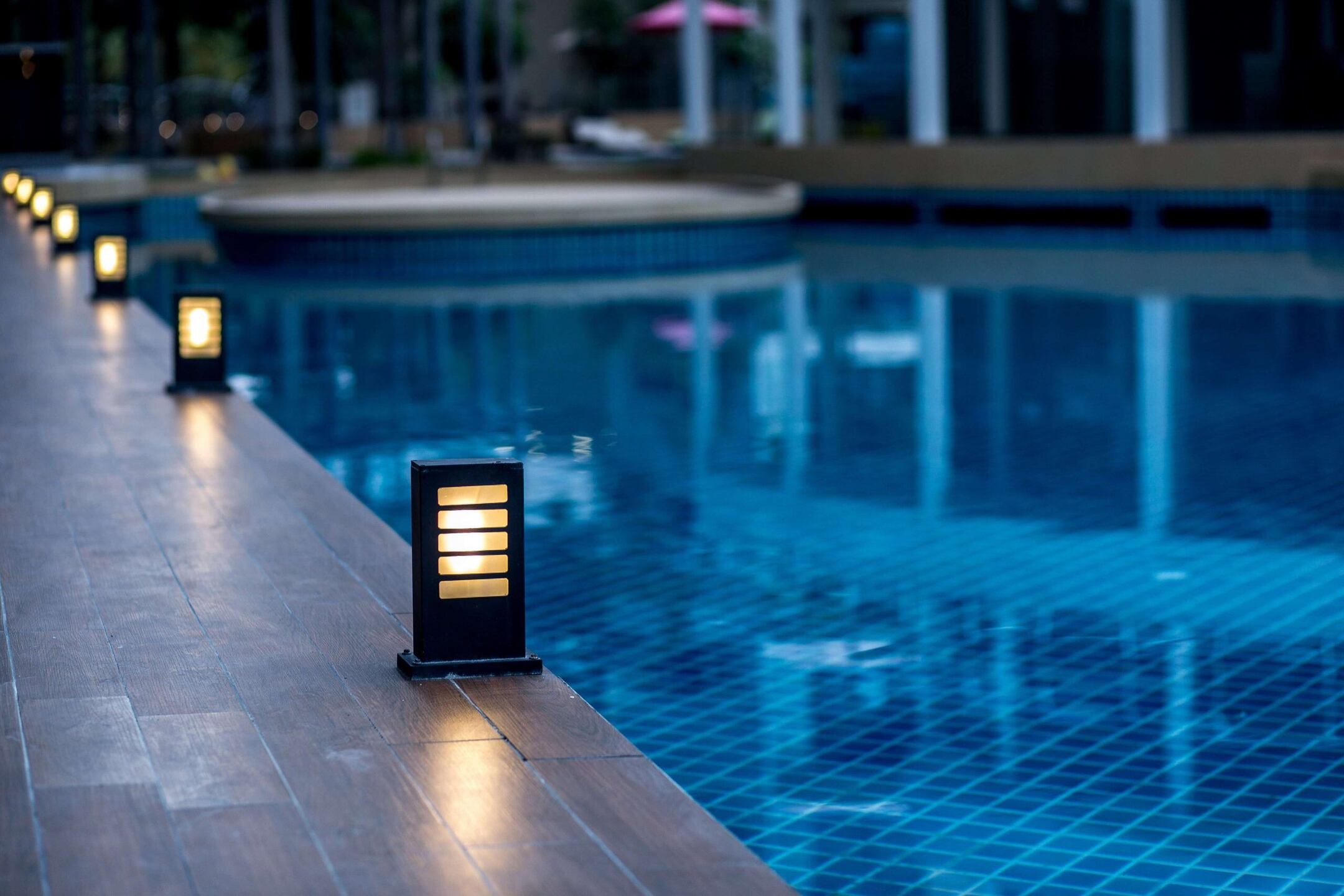
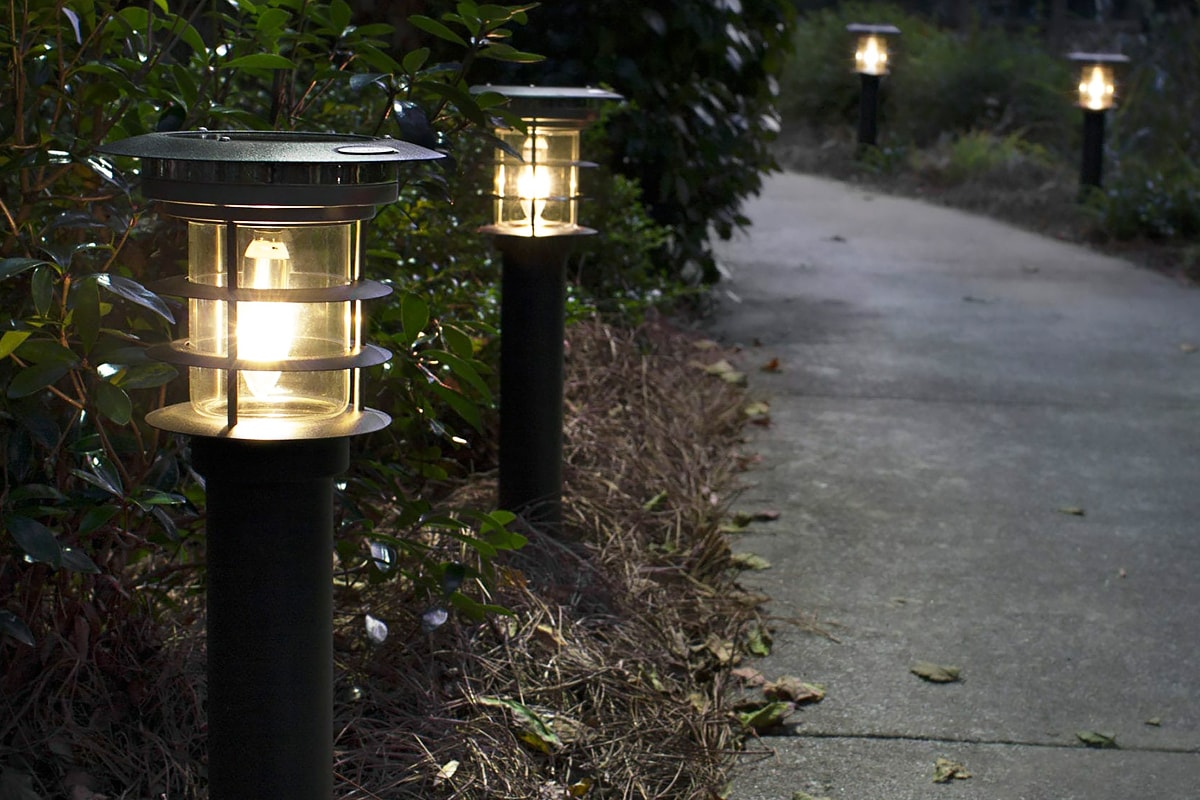
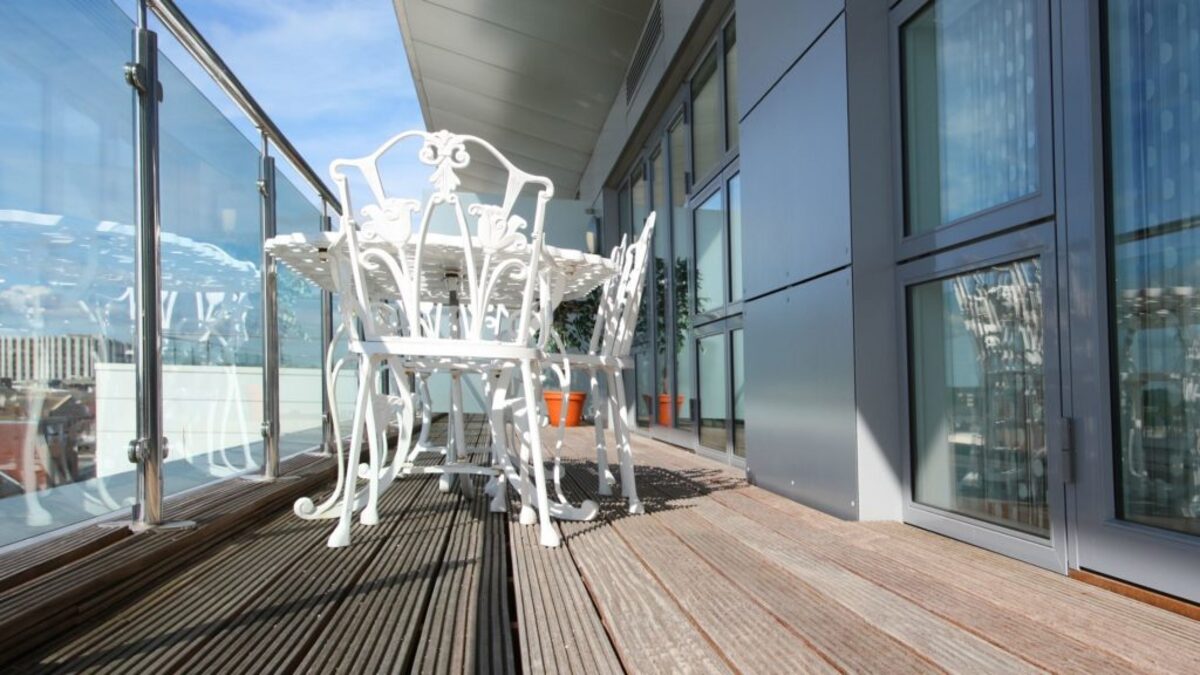
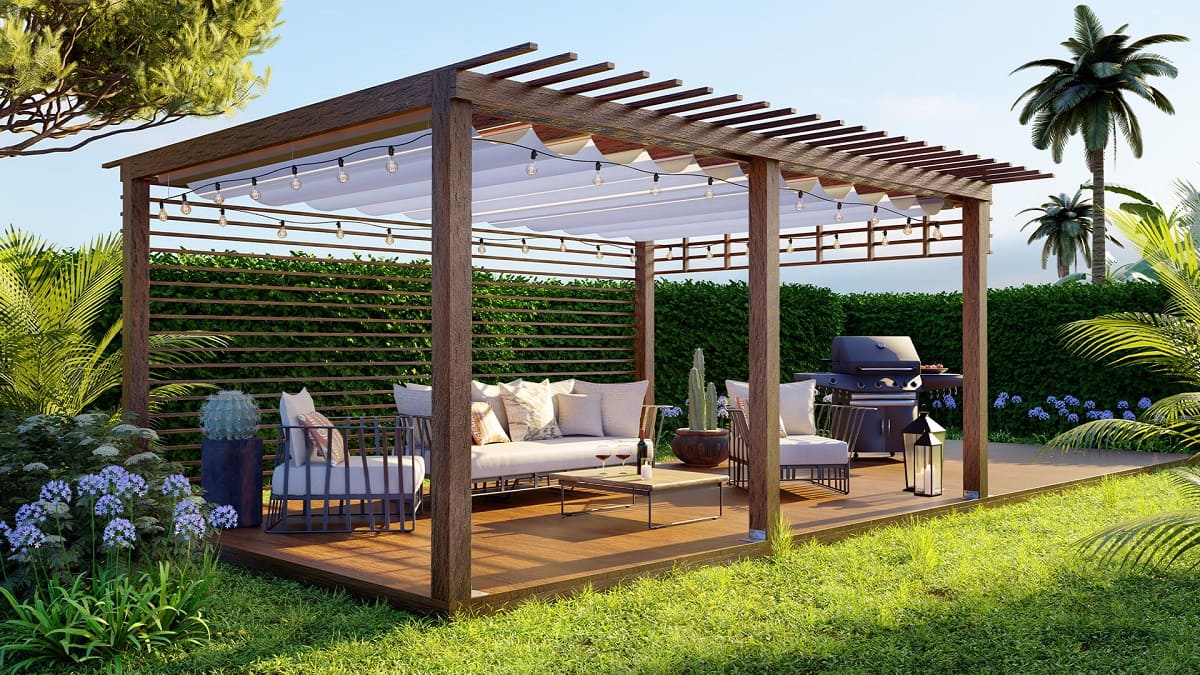
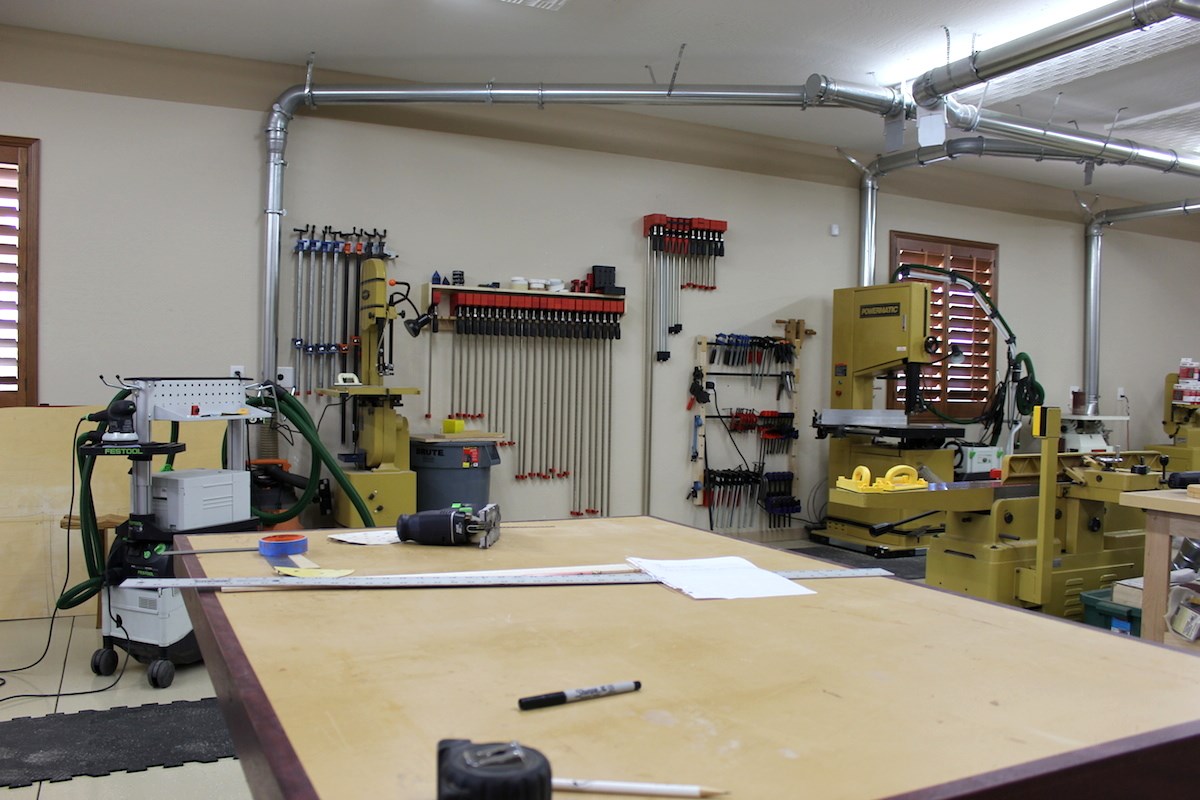
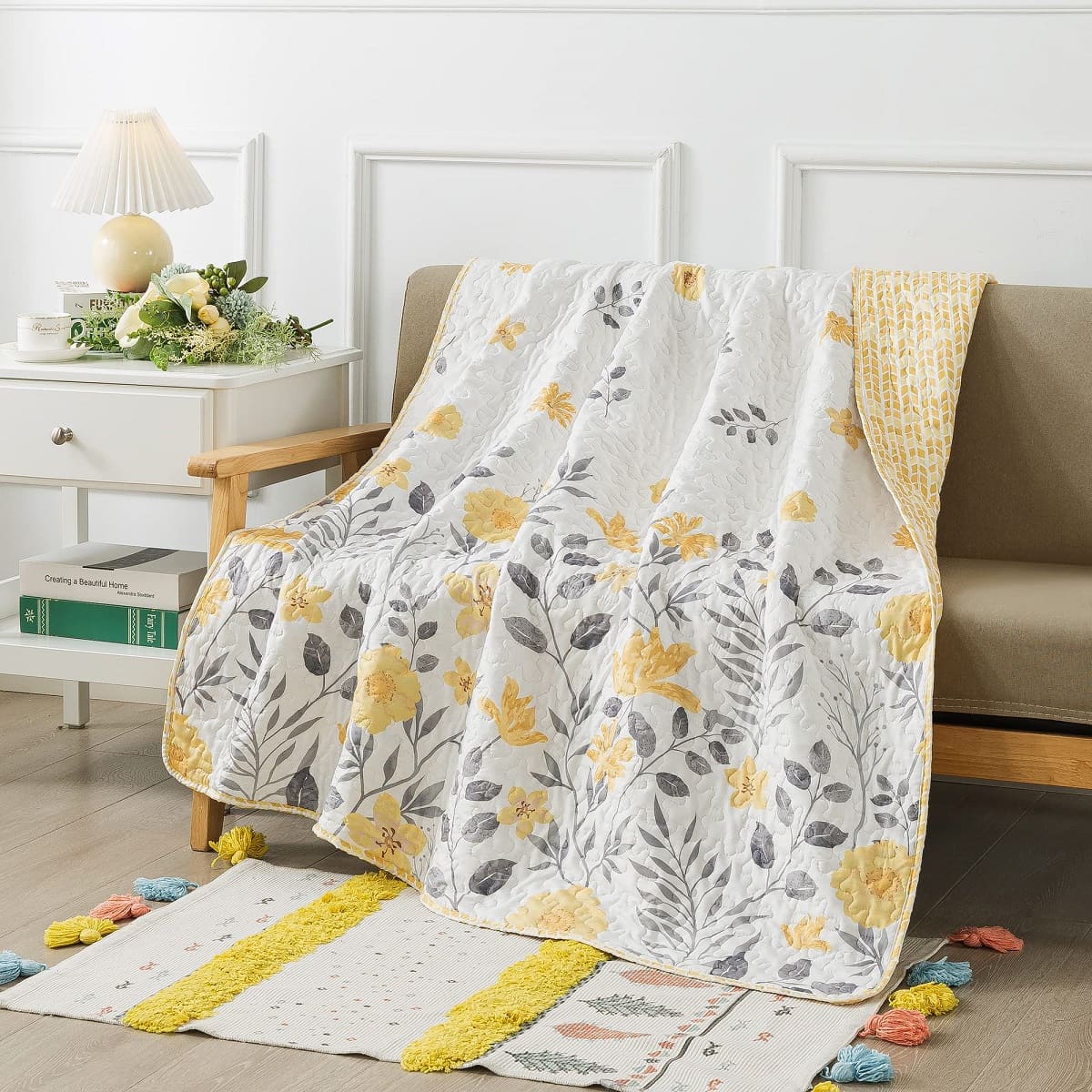
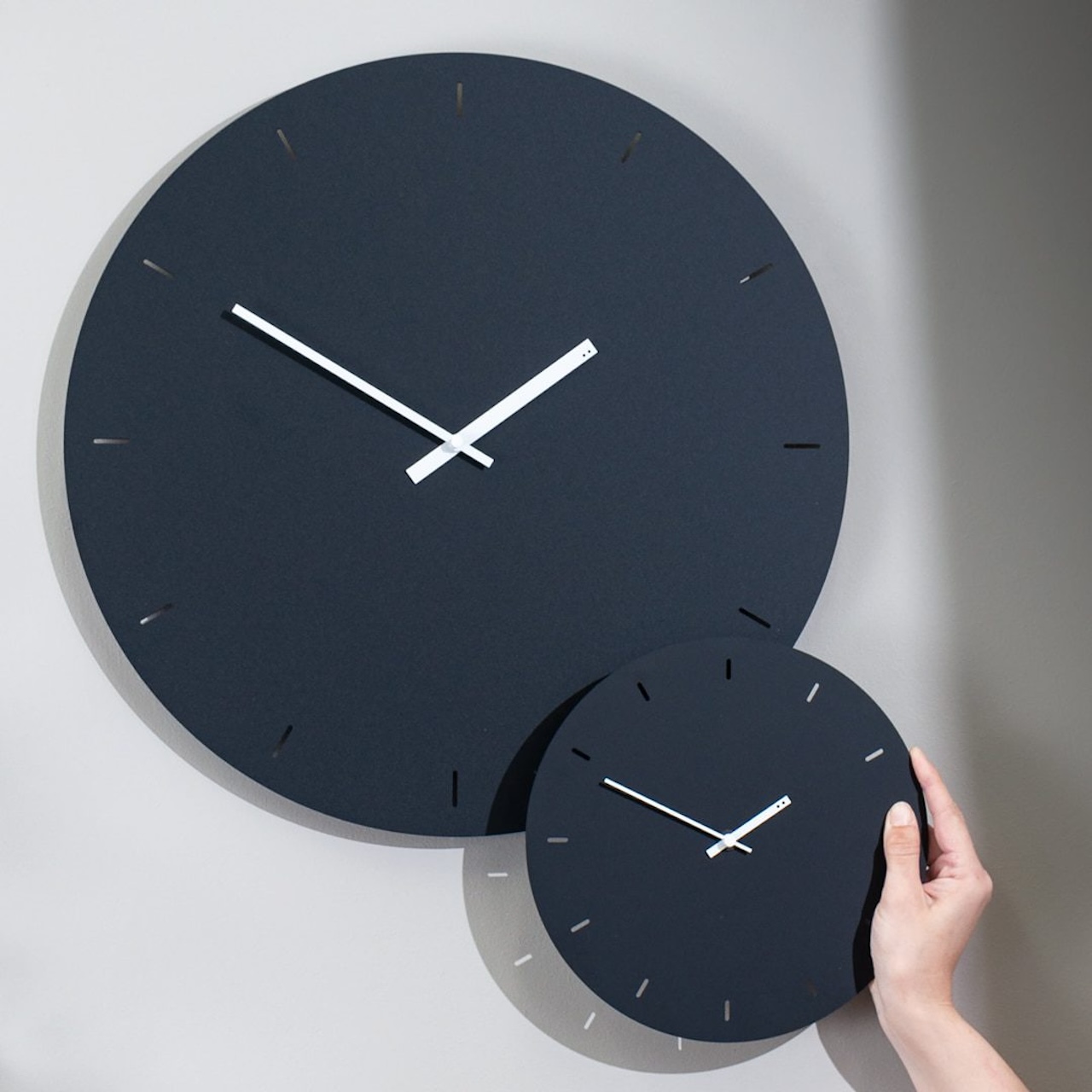
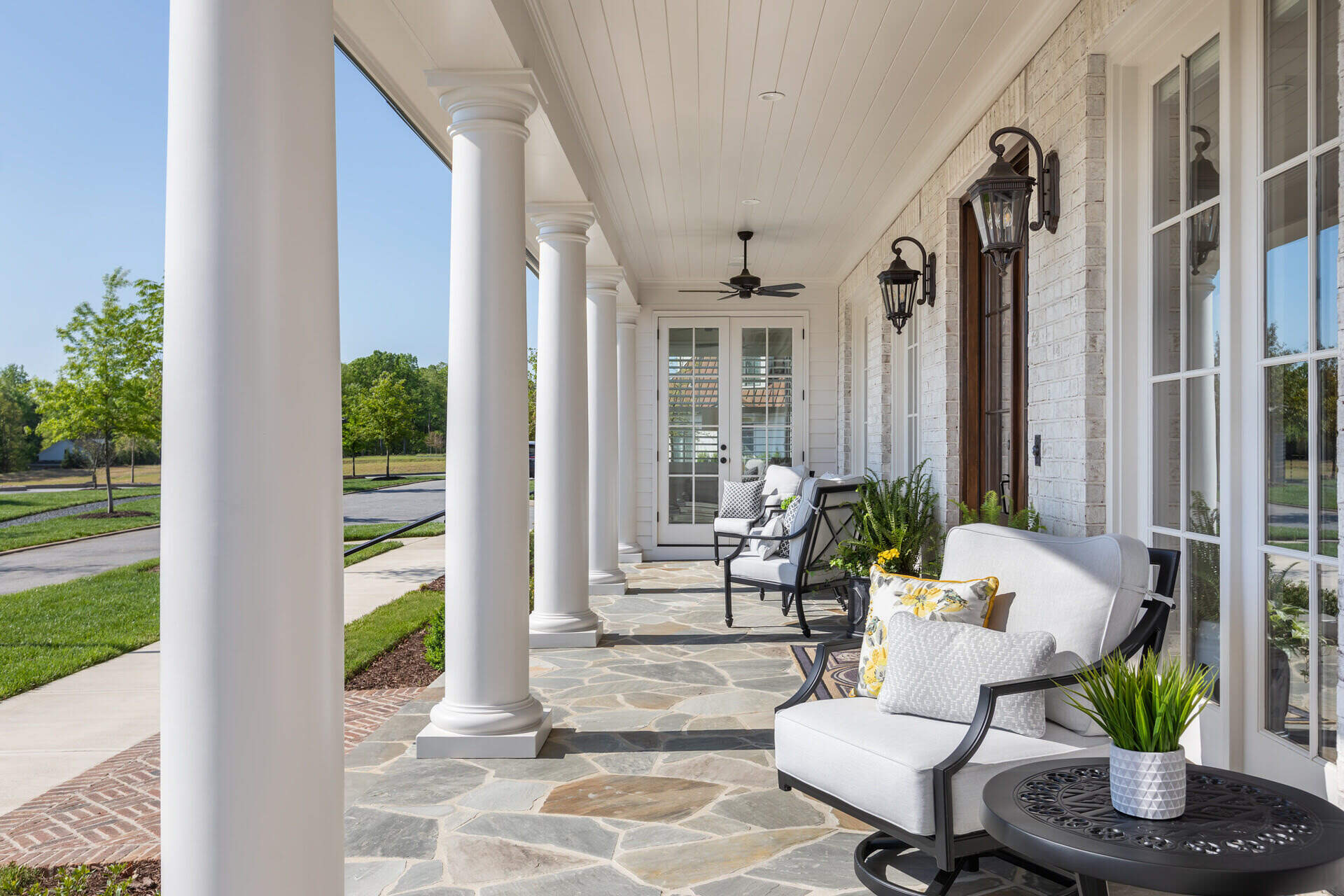
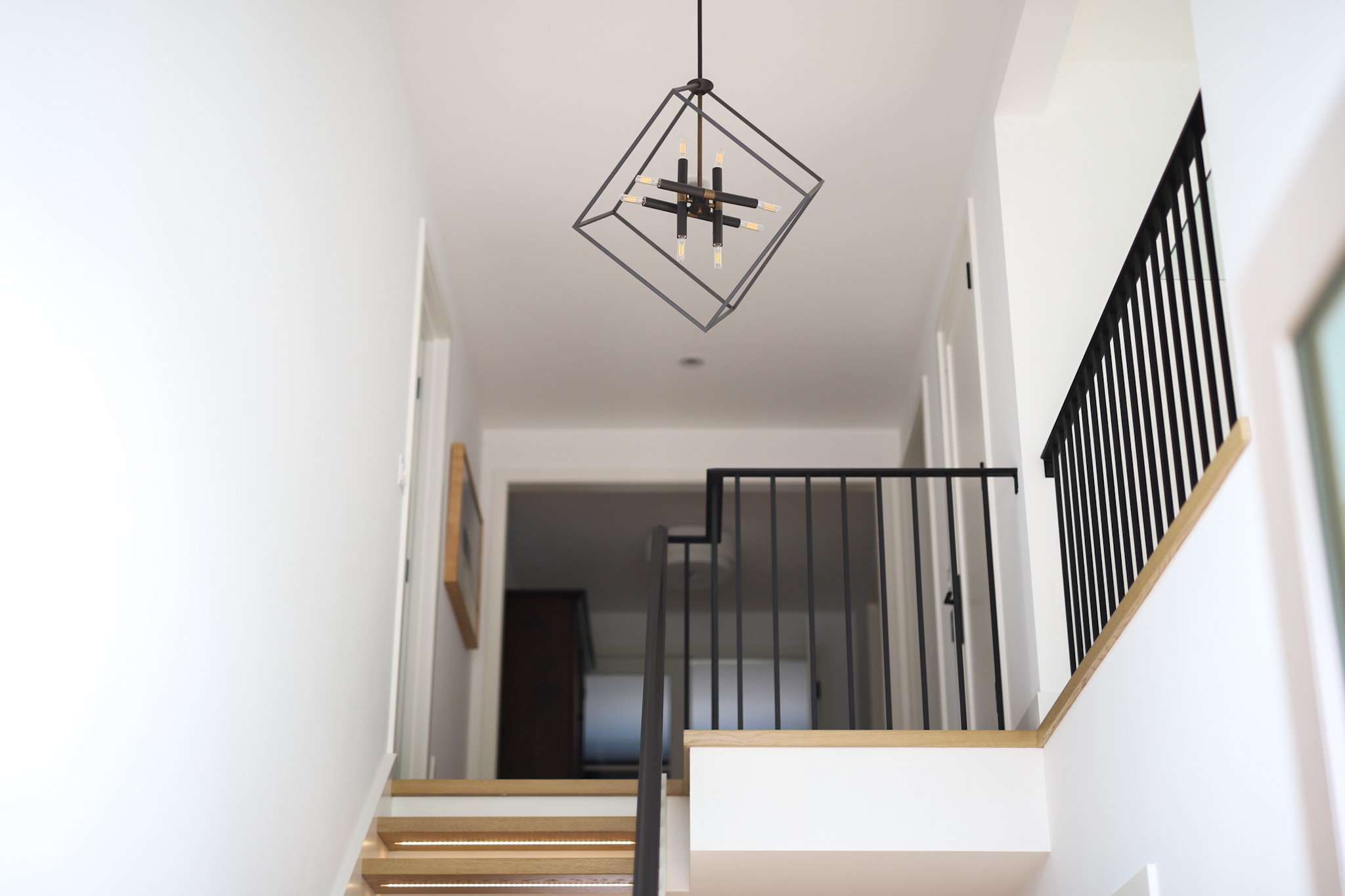
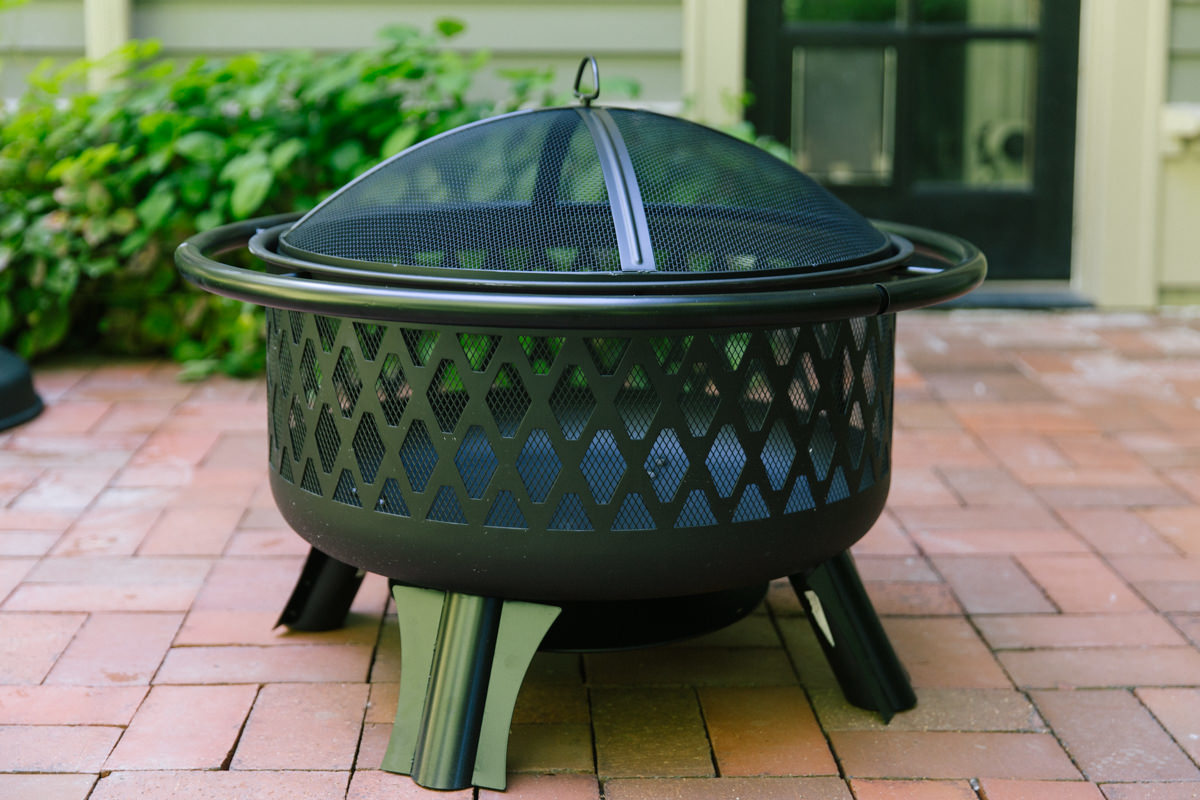
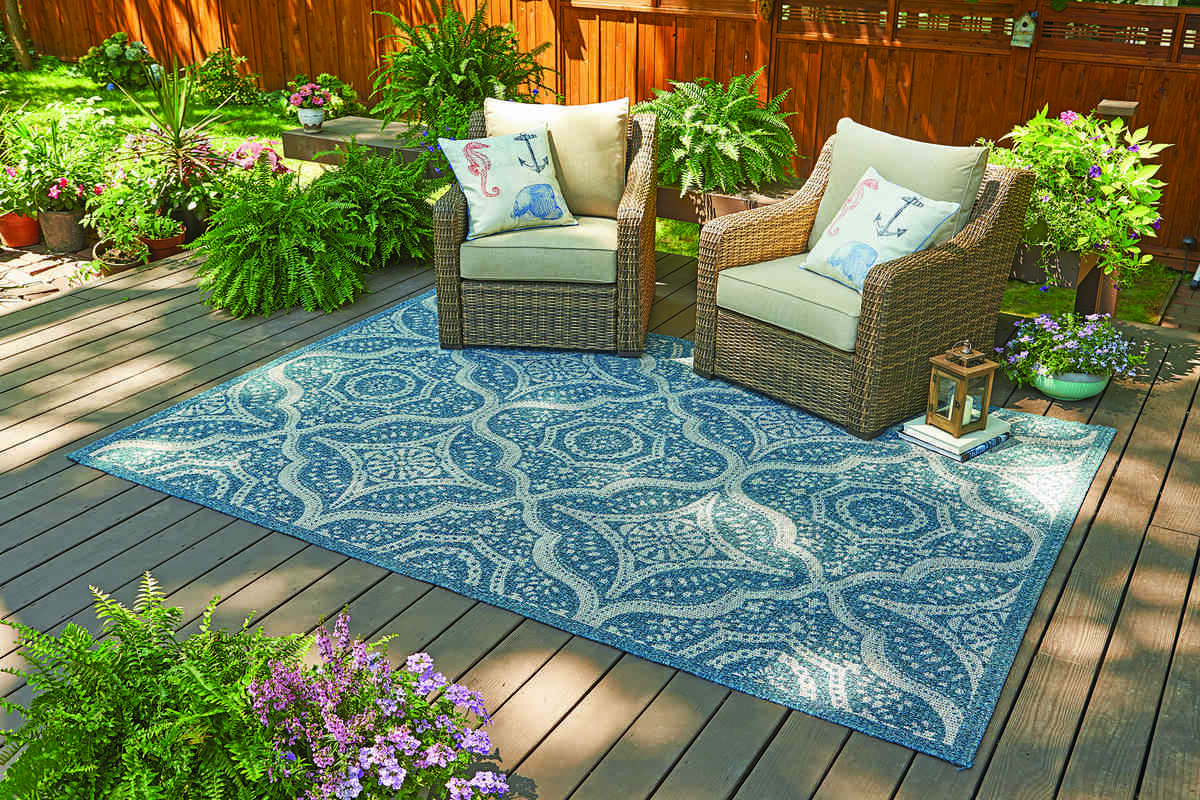
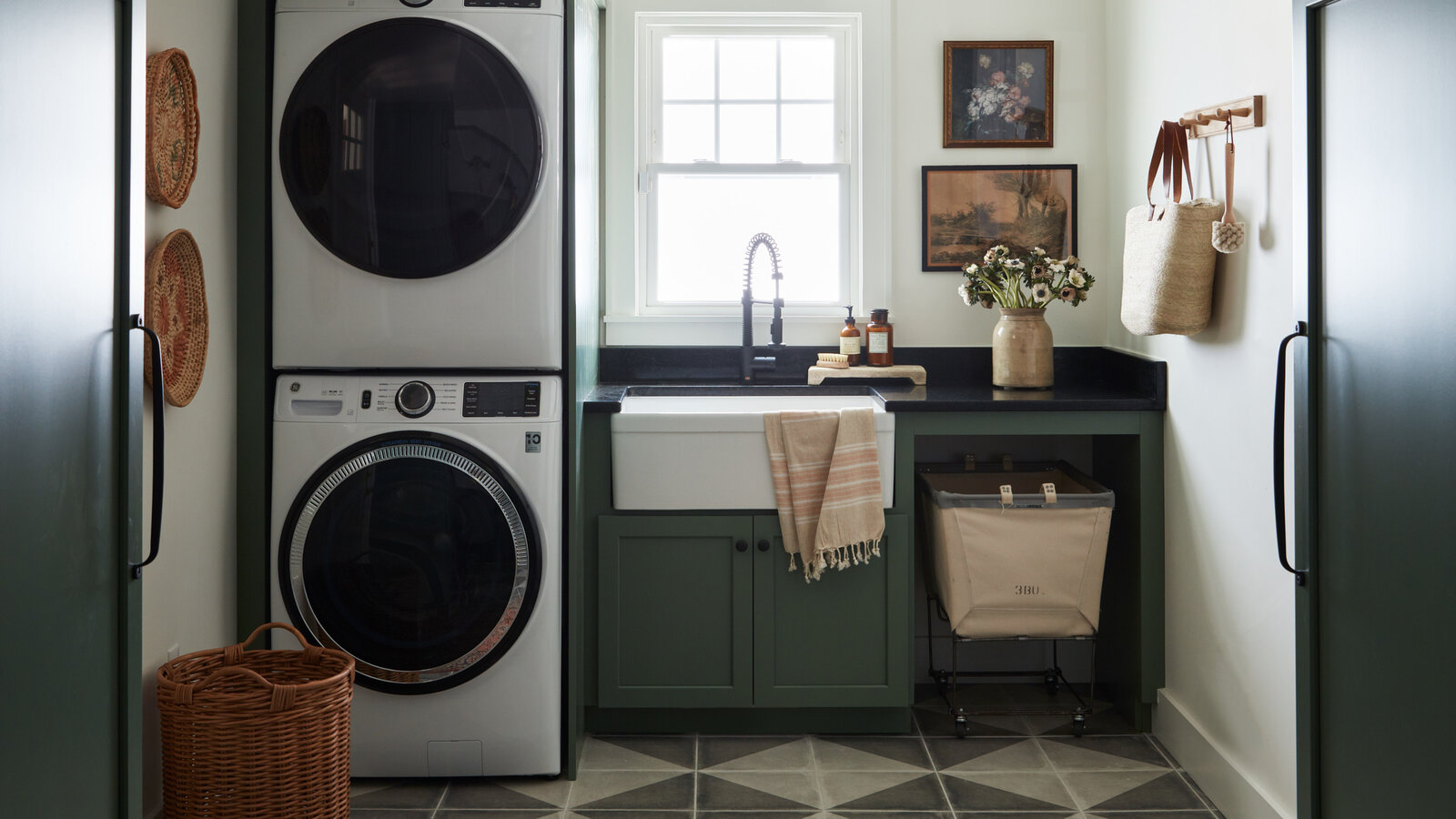

0 thoughts on “How Big Should Outdoor Lights Be”